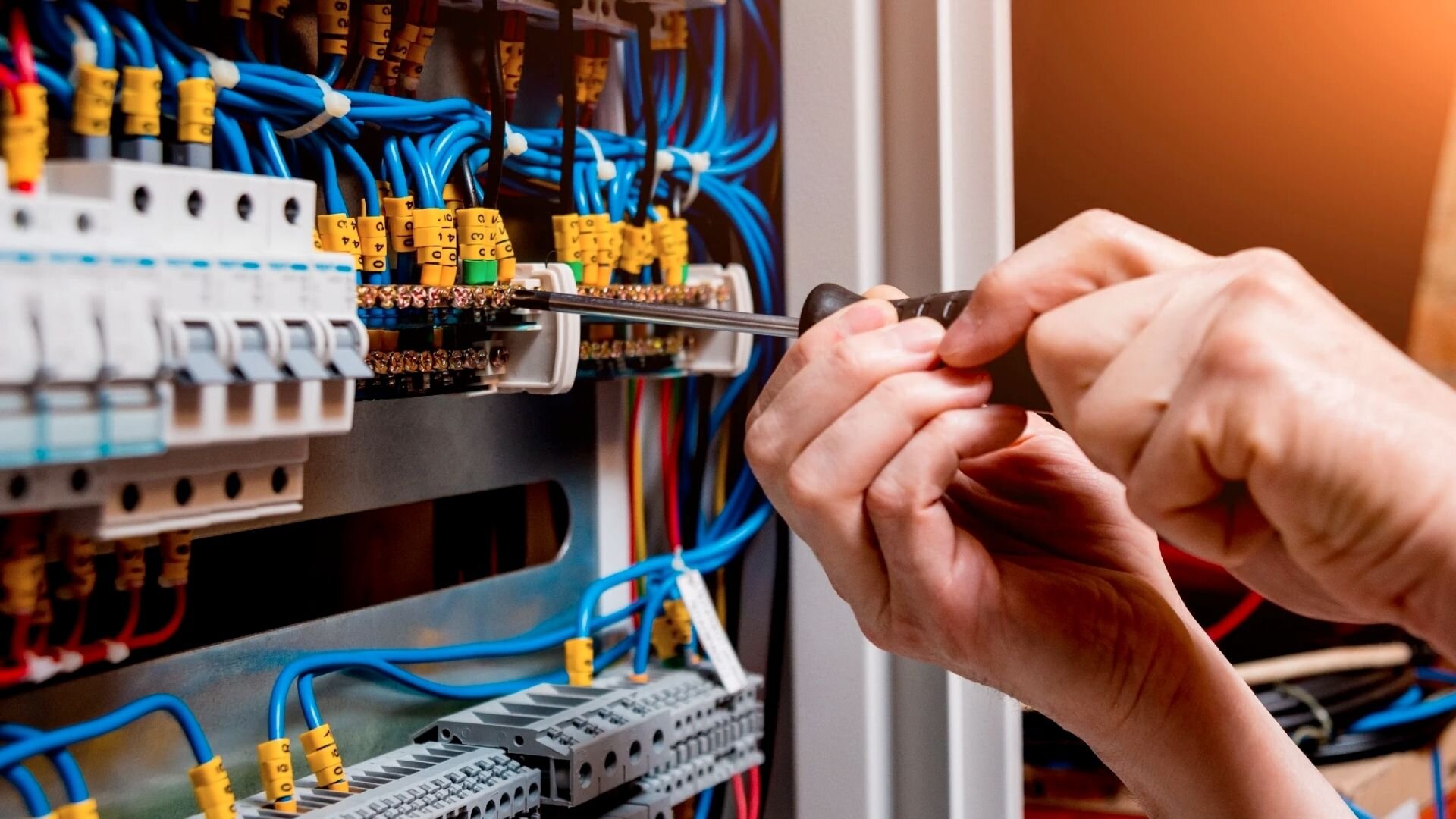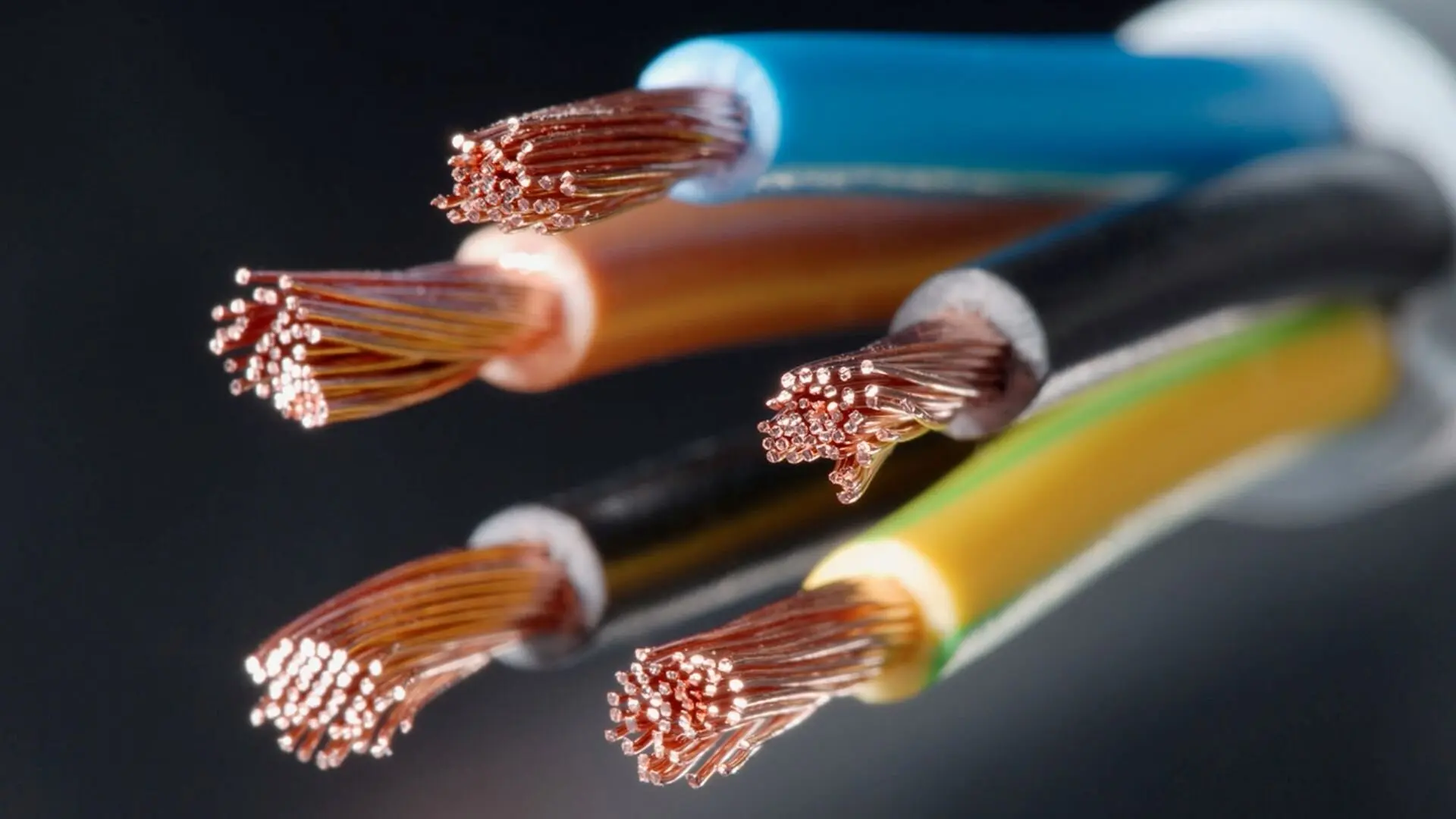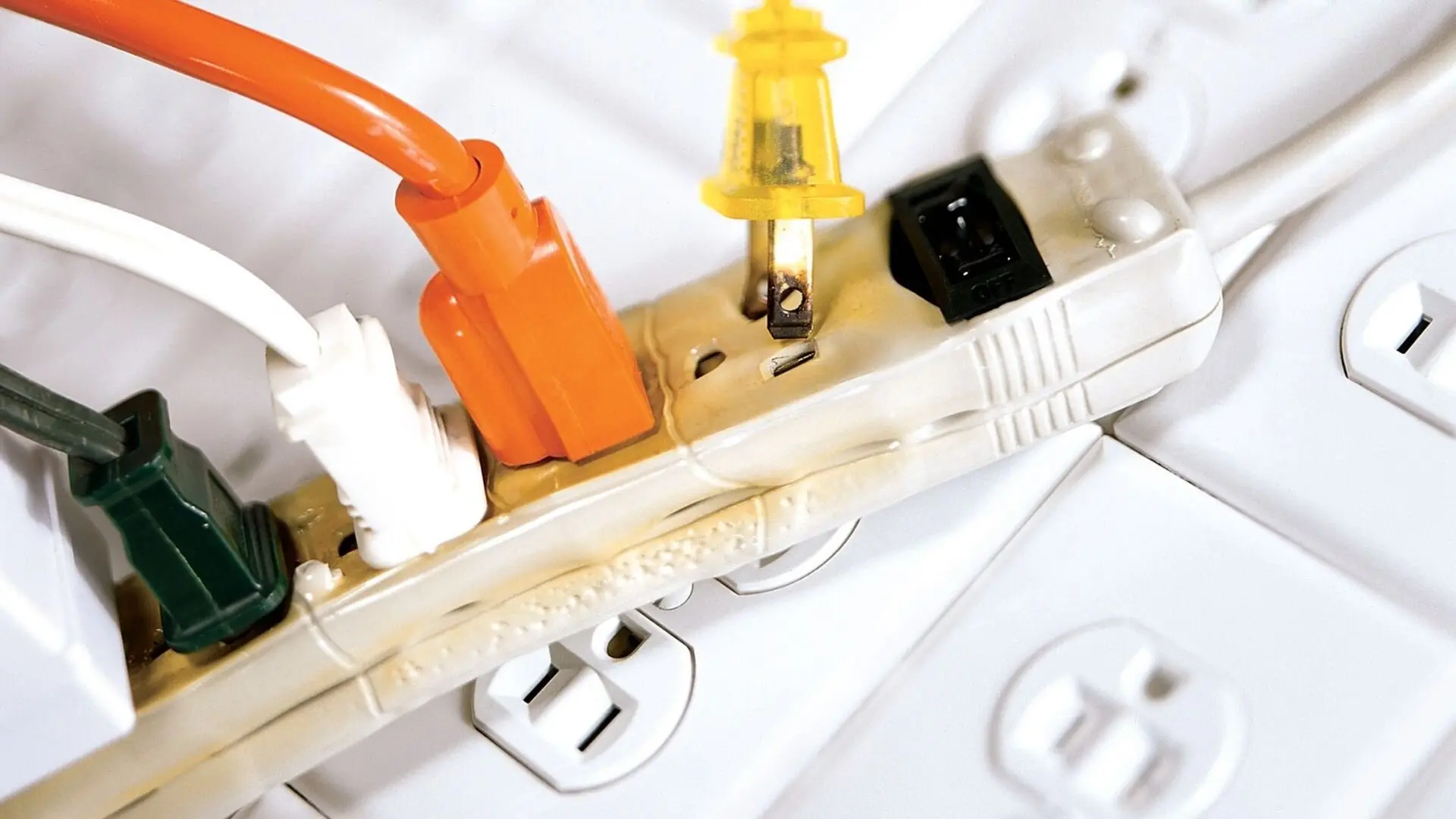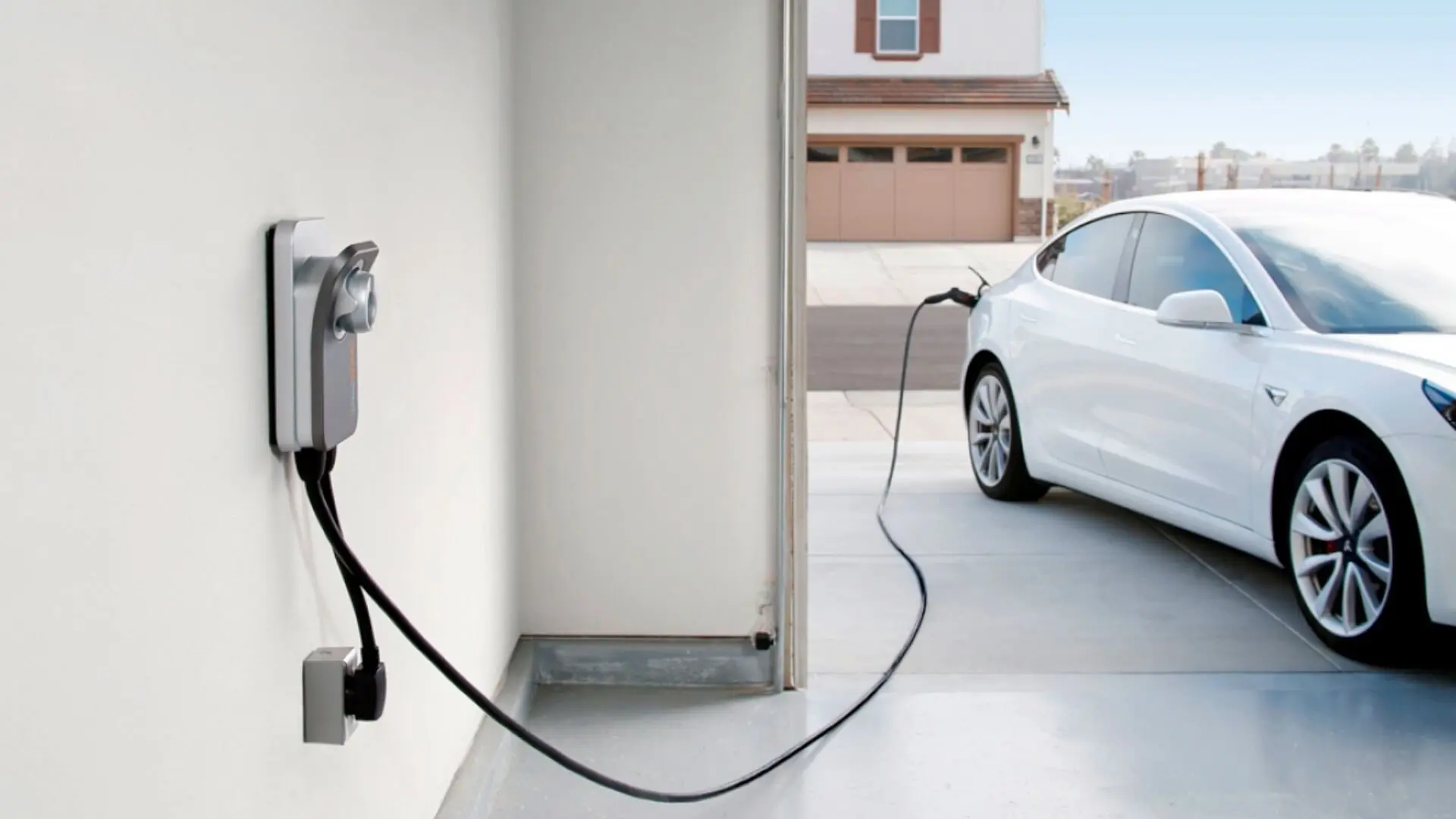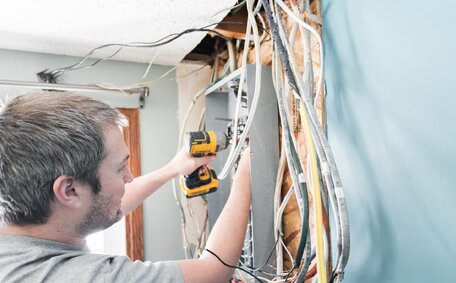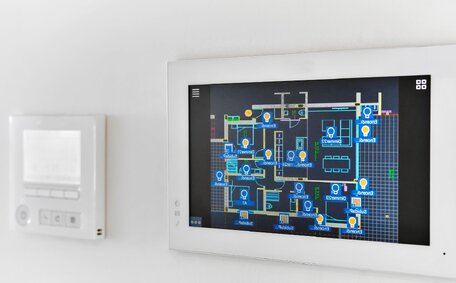Modern homes rely heavily on electrical systems to power every aspect of daily living, from lighting and appliances to heating, cooling and the latest smart technologies. However, aging infrastructure can pose hazards if not maintained adequately through upgrades.
Are you thinking of boosting safety, enhancing efficiency, or getting your home ready for the future? Our guide highlights ten key projects worth considering. From snazzy lighting upgrades and appliance optimisation to securing wiring and embracing smart automation, get insights on how our skilled team assesses and implements certified solutions. Dive in to find out how you can simplify life while trimming costs and mitigating risks.
![2023 08 Person Fixing Home Electrical System Person Fixing Home Electrical System]()
Why Upgrade Your Electrical System?
An outdated electrical system like your old switchboards could risk accidents, power disruptions, and inefficiency in your home. With normal aging and wear and tear over time, upgrades are crucial to maintain electrical safety and optimise convenience and energy usage. Modernising key areas such as outlets, lighting, wiring, and more can safeguard your property for years.
Faulty wiring and electrical outlets are common culprits in home fires caused by power surges, shorts or overloaded circuits. Check for loose fittings, worn insulation and scorch marks, which may indicate potential hazards.
Replacing problematic outlets and installing additional ones where needed improves safety. Ground fault circuit interrupters (GFCIs) near water sources like the kitchen and bathroom offer enhanced protection against shocks from ground faults.
Lighting upgrades bring numerous perks. Upgrading to LEDs around the home, including recessed cans, under-cabinet lights, and outdoor fixtures, can substantially cut costs on your electricity bill. Integrating motion sensors, dimmer switches and timed or app-controlled smart lights further boosts convenience and energy savings.
From a safety standpoint, substandard or damaged electrical wiring poses fire risks and disruptions to power flow. A certified electrician can check for unsafe wiring and install additional circuits to avoid overloading.
Circuit breakers act as a safeguard to cut power in the event of short circuits or surges, but older models may fail to trip fast enough. Replacing outdated breaker boxes, especially those past 30 years, can provide enhanced protection for the whole home’s electrical system.
![2023 08 Men Around Fire Led Lighting Men Fire Led Lighting]()
1. Upgrade to LED lighting
Upgrading interior and exterior lighting to LED is one of the most cost-effective electrical projects. According to the Department of Climate Change, Energy, The Environment and Water, LED lights use up to 90% less energy and last 25 times longer than incandescent bulbs. This substantial savings in electricity costs pay back the initial investment quickly.
LED fixtures are available for all bulb shapes and types, including recessed cans, under-cabinet lamps, outdoor post lamps, sensor lights and more. Adding dimmer light switches or motion sensors further boosts convenience and energy efficiency.
Imagine controlling your lights with just a tap on your phone, thanks to smart LED bulbs that connect through Wi-Fi. These LED upgrades not only keep homeowners safe from power surges but also deliver an energy-efficient lighting solution that’s as smart as it is stylish.
2. Add smart home automation
Integrating smart devices enhances safety, saves money on energy bills and adds functionality. Programmable thermostats learn routines and heat or cool proactively through Wi-Fi.
Imagine lights that only turn on when there’s movement, saving power effortlessly. That’s the magic of motion-sensor smart lights. Alongside these, home security systems with cameras and alarms keep your place safe around the clock, even when you’re not at home. By upgrading your main electrical panel, you ensure there’s enough juice and outlets to keep these technologies running smoothly now and down the track.
![2023 08 Different Colour Copper Wiring Colour Copper Wiring]()
3. Update old or damaged wiring
Got wiring from the pre-90s era like those old knob-and-tube systems? They might be risky, posing fire and shock hazards due to frayed insulation and loose connections. It’s crucial to let an expert have a look at any dodgy wiring that might buckle under the strain of today’s electricity demands.
They will likely advise replacing hazardous cables with up-to-date, modern, non-combustible alternatives for safety, such as copper wiring. Installing additional circuits and a circuit breaker prevents overloads from damaging electronics or necessitating powerboards.
These updates are critical before listing a home or performing home renovations to remove potential electrical hazards for your family or potential buyers.
4. Install additional power outlets
Since homes now rely heavily on technology, adding fixed outlets strategically avoids overloading existing sockets or reliance on extension cords. Locating extra outlets at desk/work areas, nightstands, and living rooms allows multiple devices to charge directly from the wall.
USB-styled outlets installed at counters or nightstands eliminate multiple charger cables, too. Extra circuits also support whole-home Wi-Fi coverage.
5. Add surge protection at the main electrical panel
Surge protectors throughout the home provide an inexpensive layer of security against power spikes, but the main panel is the ideal location to ground surges before they reach sensitive electronics. Hardwire-installed surge arrestors safeguard major appliances and furnaces, pool pumps and other appliances with integrated circuitry. This guards against lightning-caused surges that rogue protectors may miss.
![2023 08 Burnt Out Switchboard Burnt Switchboard]()
6. Replace outdated circuit breakers
An electrician can assess whether breakers installed 20+ years ago trip fast enough to avoid hazards from short circuits or overloads today. Modern breakers with higher amp ratings allow flexibility, too. Replacing outdated circuit breakers protects against fires and expensive repairs if issues aren’t caught in time.
7. Install a ground fault circuit interrupter (GFCI)
GFCI outlets near water sources like the laundry, kitchen, bathrooms, and outdoor spaces should be added to protect against shocks. GFCIs detect uncontrolled currents and instantly cut power to fallen hairdryers, radios or tools kept too close to basins. This project enhances electrical safety for plumbing areas.
8. Replace aging appliances with energy-efficient models
Old refrigerators, freezers and cooling units from the 1990s or earlier waste vast amounts of power each year through degraded insulation and less efficient compressors. The Natural Resources Defense Council estimates replacing an outdated fridge alone can halve its energy use.
New front-loading washing machines and dishwashers significantly reduce water heating costs, too. An audit identifies upgrades offering the quickest return through lower bills. Smart thermostats and energy-efficient upgrades can lower your power consumption, improve energy costs, and help you save money overall.
![2023 08 Charging White Tesla Charging White Tesla]()
9. Update the electrical service panel or add subpanels
Homes over 30 years typically have 100-amp panels, limiting the capacity for modern needs. Upgrading to a 200-amp or dual panel system with breakers offering higher amperage boosts power safety reliability and future-proofs the property for technological advancements like electric vehicle charging stations. Subpanels add further circuitry where rewiring may be impractical, allowing for top electrical upgrades to support all your appliances and other USB-powered devices.
10. Have a licensed electrician inspect for potential hazards
During an electrical inspection, your electrician will check for loose wire connections, worn insulation, inadequate clearances, faulty electronic devices, and other conditions that could lead to electrical fires or faults.
Electricians identify whether you are due for an electrical upgrade, which may include rewiring jobs and locations needing additional wall outlets or lighting. They advise if circuits can support planned additions safely or require improvements first. Taking action prevents electrical accidents and expensive repairs, making your power bill more predictable.
Get an Expert Quote Today
Thinking about updating your home’s electrical setup? Bring in the professionals to boost safety, enhance performance, and cut costs in the long run. Our Level 2 qualified electricians in Sydney have you covered with energy-efficient upgrades designed to trim down your energy usage and slash those electric bills.
We offer various services, from installing new outlets and lights to adding subpanels and updating the main wiring. We also provide surge protection to safeguard your electrical devices from lightning strikes and other power surges.
By investing in electrical upgrades, you can future-proof your home’s infrastructure to accommodate new smart technologies, ensuring safe and reliable power for electronics, appliances, heating, and cooling systems. Our team will assess your current setup, identify any issues, and propose customised solutions tailored to your property needs.
Our services prioritise code compliance and safety while maximising energy efficiency to help you save on your electric bills. With optimised lighting options, power strips, and USB outlets, you’ll enjoy greater convenience, reliability, and peace of mind throughout your house.
Whether you’re looking for new installations or systematic upgrades, contact our trusted electricians in Sydney today to secure your obligation-free quote and project schedule.




